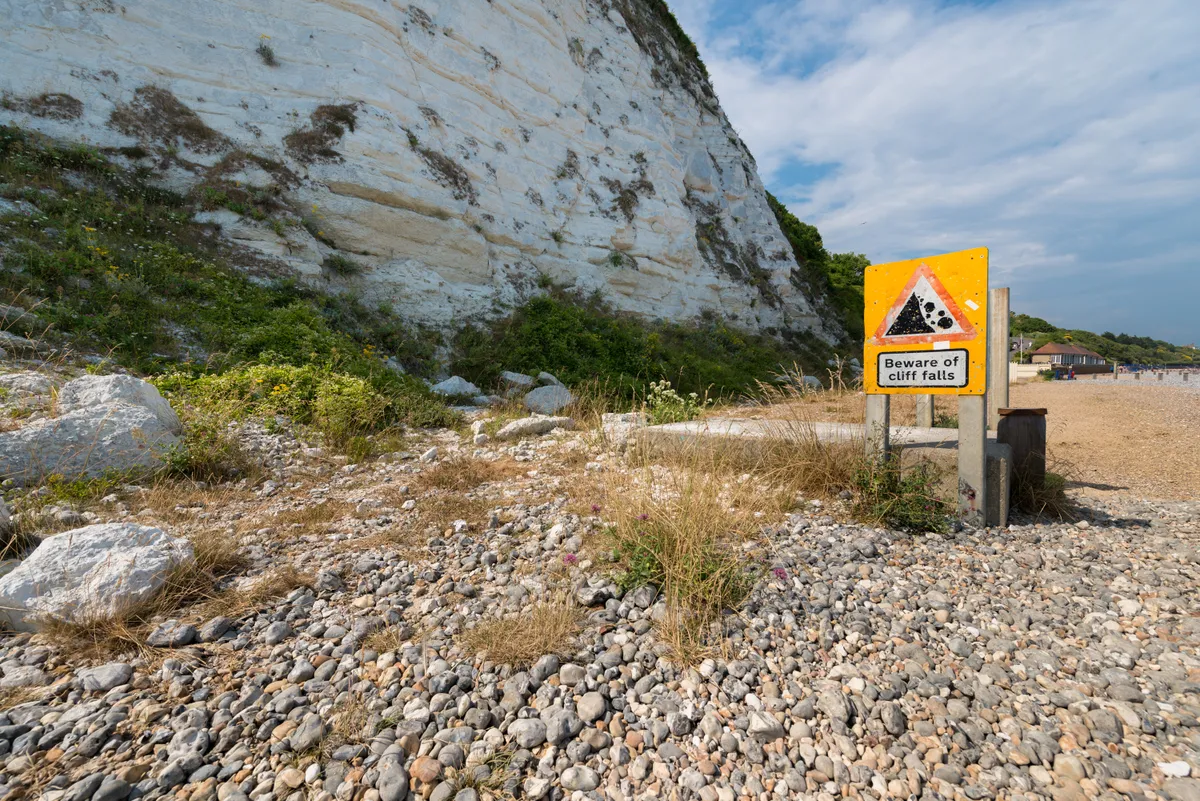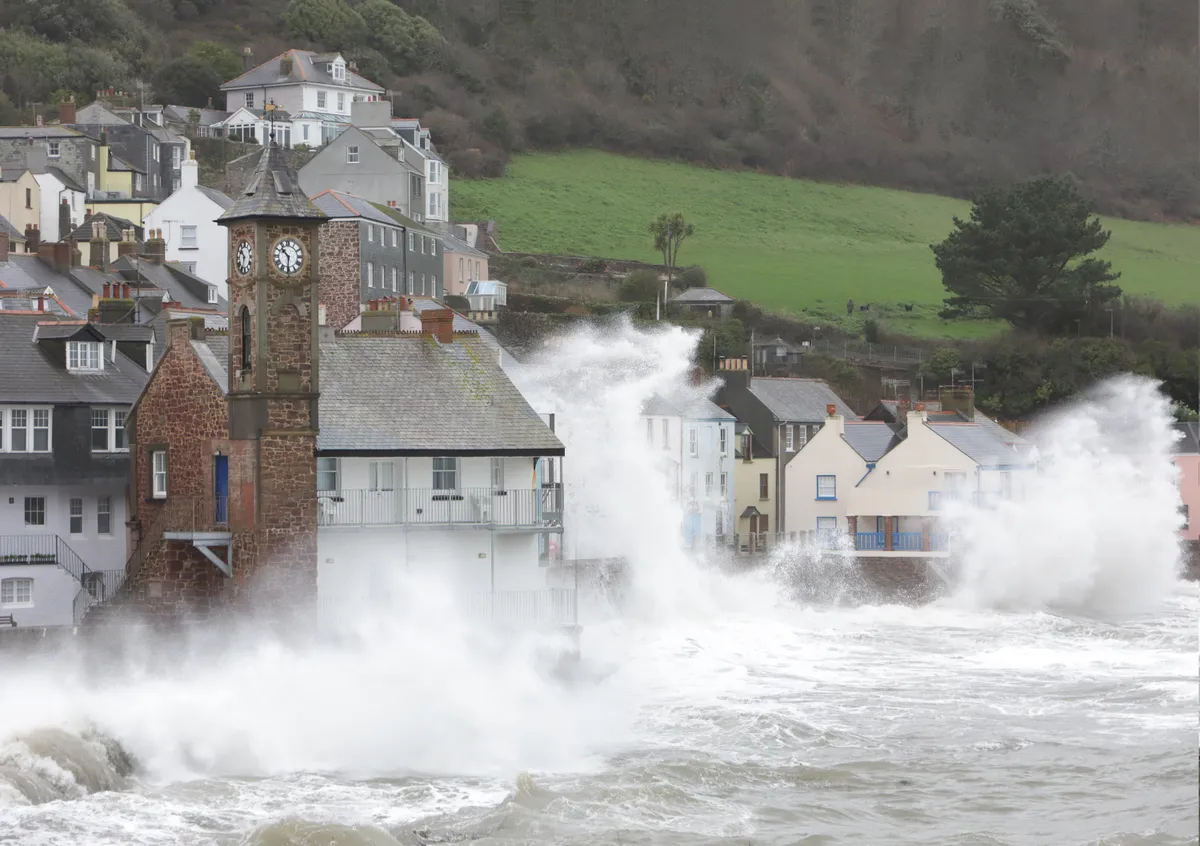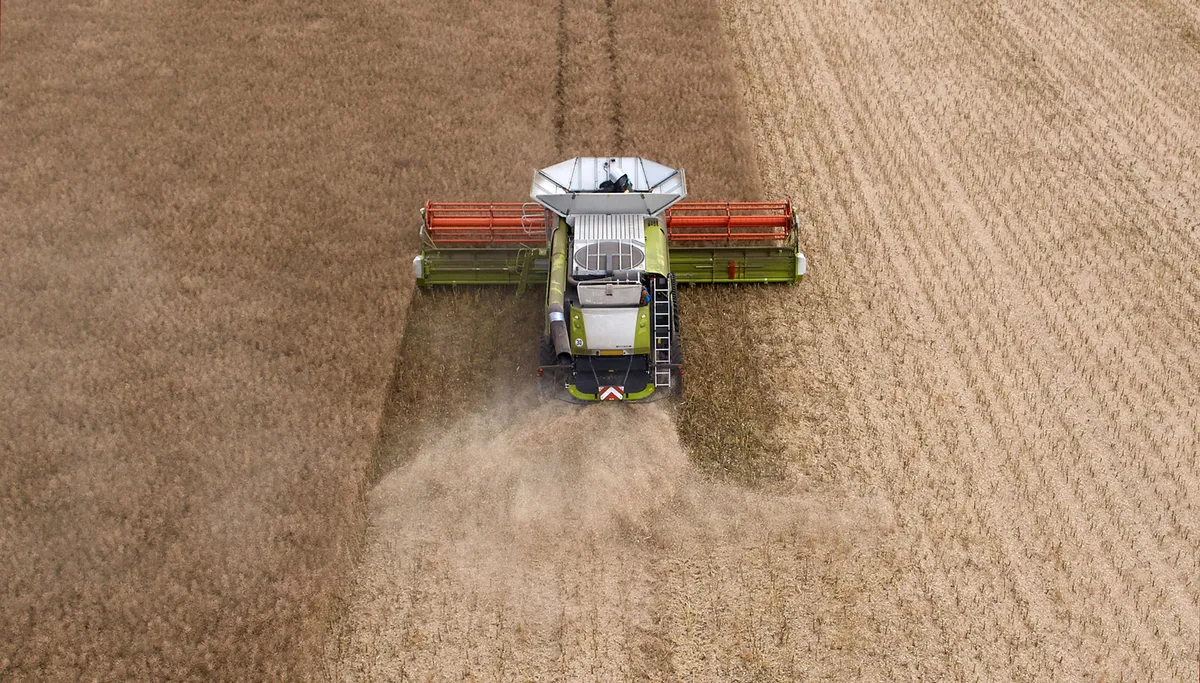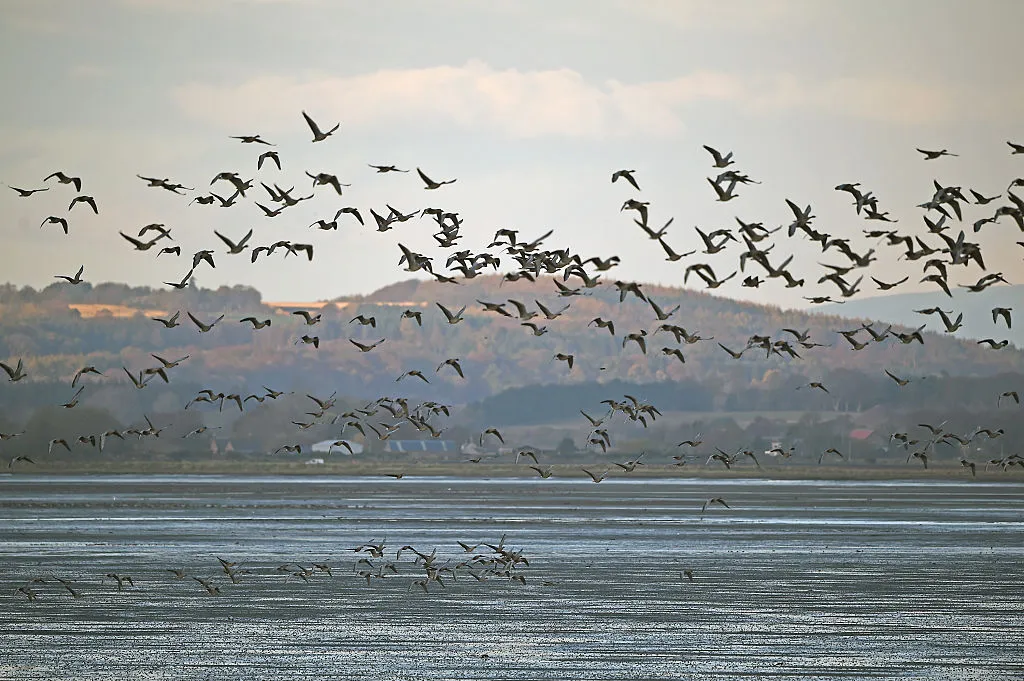Extremes of weather, flooding and coastal erosion have all affected the UK countryside in recent years. Our guide explains what climate change is and how it affects British food production, wildlife and the countryside.
What is climate change?
Climate change occurs when weather patterns and average temperatures shift over a long-term period on large-scale. Over the course of history, the planet has seen a number of different climates from the Ice Age to more tropical climes.
What's the problem?
Some shocking global climate change developments have come to light recently, including the revelation that a third of the Himalayan ice cap is now certain to melt. The UK is far from impervious to climate change. The consensus of the vast majority of academic scientific study is that climate change is not only real, it is happening now and it is affecting the UK. Our average temperatures having risen over the last century. We are seeing a trend towards warmer winters and hotter summers (since 1990, the UK has experienced eight of the
10 warmest years on record); sea levels around our coast are rising by up to 3mm a year, and there is emerging evidence of increasing levels of rainfall. Average temperatures in the UK have risen by around 1 degrees over the last century.
Coastal erosion
Sea levels around the UK have risen by 10cm since 1990. The most vulnerable coastal areas are those where the geology is less resilient in the face of wave energy, sea surges and storms. At Aldbrough on the Holderness coast of North Yorkshire, the cliffs are made of soft till – a mix of clay and silt – and are eroding at the rate of 1.5 metres per year. In Devon, 2018’s Storm Emma washed away around 400m of the A379 between Slapton and Strete Gate. The Committee on Climate Change says some coastal communities are likely to be unviable and “this problem is not being confronted with the required urgency or openness… Major coastal assets, such as cities... will require investment in higher standards of protection as sea levels rise.”]

Climate change facts:
- 80% is the amount by which the UK is committed to reducing carbon emissions by 2050
- 35% of blanket bog in Scotland has eroded since 1990 due to drier summers and more frequent extreme rain (UK Climate Change Risk Assessment 2017 Evidence Report)
- 30 times the chances of a heatwave – such as 2018’s – compared to the 18th century (Source: Met office)
Rivers and flooding
According to the Government’s own 2017 climate change risk assessment, increases in heavy rainfall and significantly raised risks from surface flooding are likely. The report points to the flooding over the winter of 2015/16 as an example of the costs and disruption that can be caused by extreme weather. Total UK rainfall has increased by 17% since the 1960s. Saltwater inundation from tidal surges may also damage fragile tidal habitats, kill fish and affect the birds that eat them. Areas likely to be affected include those where rainfall is already high, including Cumbria, Lancashire and the west coast of Scotland. In November 2016, the Government allocated £15 million to natural flood management projects in England.

Farming and food
The Government is on record saying that it “recognises that climate change will present significant risks to the availability and supply of food in the UK.” Paradoxically, given the forecast for greater rainfall, climate change combined with population growth may put greater pressure on water availability, which is likely to affect how and which crops are grown.
The Committee on Climate Change has called for changes in land practice to mitigate the impacts of climate change, including a reduction in livestock numbers, increased tree planting, improved forest management and restoration of peatlands.

How has climate change affected wildlife?
There is already evidence of a northwards shift in species distributions and changes in the timing of seasonal events due to climate change. Headwaters of rivers are becoming warmer in winter and spring; lower reaches are warmer in summer. Studies of amphibians, freshwater fish and mammals, and of damselflies, spiders and millipedes show an average northwards shift of 31–60km and a mean increase in altitude of 25m over 25 years. Of 329 species studied, 275 species shifted northwards while 52 shifted south. Other studies show more than one quarter of the 3,000 plants and animals monitored were at high-to-medium risk of losing their habitats. Life cycles of some species are no longer synchronised with those of species on which they depend. Flowers are blooming earlier and oaks are leafing earlier.
The margins of many bird species have moved north by an average of 18.9km over the past 20 years. The Scottish crossbill is at risk of extinction as it has nowhere further north to go to escape warmer temperatures. Wetland birds will find their habitats threatened, as saltmarshes become inundated by the sea while moors and wet grasslands dry out in hotter summers.

What has been done in response to climate change?
In December 2015, the UK joined 195 countries in signing an historic global deal to tackle climate change. The Paris Agreement commits the international community to reduce greenhouse gas emissions in order to avoid some of the most severe impacts of climate change.
In June 2018, the Committee on Climate Change acknowledged that the UK was not on track to meet greenhouse gas emissions targets for the 2020s and 2030s. It concluded that “emissions outside of power and waste have plateaued.”
Energy from offshore wind has also expanded and come down in price: it is now cheaper than the cost of new nuclear power. Between July and September 2018, almost one third of the UK’s electricity came from renewable sources.
How to help tackle climate change
There are two approaches you can take to help tackle climate change. On a personal level, you can look to reduce your carbon footprint. Find useful advice at energysavingtrust.org.uk and carbonfootprint.com.
1
Turn your thermostat down
Turn your thermostat down 1°C, and insulate your home (a third of all heat loss in uninsulated homes is through the walls).
2
Recycle more – and consume less
Increase your recycling and reduce your consumption of plastic and consider making everyday items, such as clothes, last longer.
3
Eat less meat
Reduce your meat consumption, particularly beef (animal agriculture is responsible for 14.5% of global greenhouse gas emissions).
4
Change to renewable or green energy – and try to use less
Switch to renewable or green energy, such as solar or ground-source heat pumps or green suppliers.
5
Encourage tree planting
Trees convert carbon dioxide into harmless carbon and oxygen. Tree planting numbers are currently two thirds lower than they need to be.
SOURCES: Department for Business, Energy & Industrial Strategy, Committee on Climate Change 2018 Progress Report; UK Climate Change Risk Assessment 2017; RSPB; Joint Nature Conservation Committee; British Geological Survey; UN Food and Agriculture Organisation; Met Office; Centre for Ecology and Hydrology
